Understanding Verbal Reasoning and how to help your child
In this article, Alison explains what verbal reasoning assessments are and how you can help your child at home. Drawing on her experience as a teacher and tutor, Alison sets out her top tips below.
What is Verbal Reasoning?
Verbal reasoning is part of most 11+ entrance tests (state or independent) and many 13+ assessments. It can seem confusing because it is presented differently, but the suggestions below will benefit your child, whatever format the test takes. In fact, verbal reasoning games and activities develop language skills and problem solving, so are beneficial for all students, even if they will not be sitting formalised tests. GL (Granada Learning) believes that verbal reasoning is the best predictor of future academic success, as they are a test of skill rather than learned knowledge.
As a result, verbal reasoning can also be used as part of ongoing assessment in schools. The CAT4 test measures the developed abilities thought to make a difference to learning and achievement. Verbal reasoning is one of 4 strands in the CAT4 (Cognitive Abilities) test, created by GL, for students aged 6-17, but predominantly KS2 and KS3. It is used in order to monitor the progress of pupils, and provide insights into their learning.
I’ll start with a little background to try and address the initial confusion that parents often feel, however if you are more interested in fun games and activities that you can do at home, jump to the bottom of this blog.
Different Verbal Reasoning Assessment Providers
Most local authorities do not have selective tests (usually referred to as the 11+).
You can see a list of those that do here: https://www.goodschoolsguide.co.uk/choosing-a-school/grammar-schools/local-authorities.
For those that do still have selective testing, different local authorities have different tests. There are 3 main providers of the 11+: GL, CEM (Centre for Evaluation and Monitoring) and ISEB (Independent Schools Examination Board), but many schools write their own tests. Verbal reasoning is usually one of several papers, but it can also be incorporated into English papers. For example, the Sutton SET (Selective Eligibility Test) includes some verbal reasoning in their English paper, while the Kent test has a separate paper for verbal reasoning. The CEM definition of verbal reasoning is much broader than the other providers and includes things like grammar, punctuation and comprehension. The ISEB pre-test is adaptive, meaning that each student has a different set of questions based on their responses to previous questions. It is sat in Year 6 or 7 and is always done online.
Top Tip 1: Determine whether your child will sit 11+ assessments and if so, which assessment this will be and the format it will take
Types of Verbal Reasoning Question
Since verbal reasoning tests skill rather than knowledge, it is often said that students can’t prepare for these tests. However, given the number of different types of question, and often complex instructions, exposing students to as many different variations of verbal reasoning problems as possible helps to build their confidence. Another reason for broad exposure is that different names are often given to similar questions. For example, letter series questions are also referred to as alphabet codes and patterns. While the name given does not matter, helping students understand that a different category of question might be similar to one they have done before helps with possible overwhelm. All test providers use multiple choice, so it can be helpful to give your child experience of multiple-choice questions, and strategies such as elimination to reduce possible answers.
It can seem confusing that some types of questions seem more mathematical than verbal. Though question types such as number series do require a basic understanding of maths, the main focus is on solving problems based on written instructions.
Resources and Practice Tests
Popular resources with a huge range of sample tests for different ages include Bond, Scholfield and Sims and CGP, though there are many others too. https://www.educationquizzes.com/11-plus/verbal-reasoning/ provides multiple example quizzes for different question types. The different question types covered can be seen in the table below. This is a really useful resource for students to work on independently as there is an explanation given for each question if they get it wrong – they do not have to wait until the end of the quiz to have it marked. The first few quizzes are free, so you can trial it, but to continue you will need to subscribe.
The table below shows the types of questions asked in each of the tests. While there are more question categories in the GL assessments, CEM and ISEB have more variety within a question type, for instance closest meaning (synonyms) and opposite meaning (antonyms).
| Question Type | GLVaried | CEM45/50mins | ISEB36mins | Education Quizzes (not an exam provider) |
| Insert a Letter | ✔ | ✔ | ||
| Odd One Out | ✔ | ✔ | ||
| Related Words | ✔ | ✔ | ||
| Hidden Words | ✔ | ✔ | ||
| Missing Words | ✔ | ✔ | ||
| Letters for Numbers | ✔ | ✔ | ||
| Letter Series | ✔ | ✔ | ||
| Number Series | ✔ | ✔ | ||
| Word Connections | ✔ | ✔ | ||
| Make a Word | ✔ | ✔ | ||
| Letter Connections | ✔ | ✔ | ||
| Reading Information/Solve the Riddle | ✔ | ✔ | ||
| Complete the Sum | ✔ | ✔ | ||
| Related Numbers | ✔ | ✔ | ||
| Word-Number Codes | ✔ | ✔ | ✔ | |
| Move a Letter | ✔ | ✔ | ✔ | |
| Compound Words | ✔ | ✔ | ✔ | |
| Complete the Word | ✔ | ✔ | ✔ | |
| Same Meanings | ✔ | ✔ | ✔ | |
| Closest Meanings | ✔ | ✔ | ✔ | ✔ |
| Opposite Meanings | ✔ | ✔ | ✔ | ✔ |
| Reading/Comprehension | ✔ | |||
| Cloze Passages | ✔ | |||
| Missing Words in a Sentence | ✔ | |||
| Spelling Errors | ✔ |
Top Tip 2: Give your child exposure to different types of test and question
Fun Games and Activities To Do At Home
A huge part of verbal reasoning is following written instructions, and making sense of them. Give your child every opportunity to do this in real life, from games to recipes to self-build furniture and form filling.
The following are games and activities that develop verbal reasoning in a fun way.
- Anagrams – can you make real word anagrams from your name or other words?
- Words within words – pick a word and see how many different words can be made from this word
- Boggle – make words from a random selection of letters – every week the Radio Times does a version of this, with challenges, and you can see answers the following week
- Letter ladders – start with one word and see whether you can get to another word by changing one letter at a time. A simple example would be cat-cot-cog-dog
- Compound words – how many compound words can you make from one root word e.g. water
- Synonyms and antonyms –take a core word e.g. said and see how many different synonyms you can find, taking turns to do so helps develop vocabulary
- The Minister’s Cat – was a ___ cat, work through the alphabet in turn – this practises alphabetical order and adjectives – try and expand vocabulary doing this. You can extend this to a memory game, and reinforce previous new vocabulary by having each person list what came before before adding the new adjective
- Codes – create codes for your child to solve, or encourage them to do this for friends or siblings
- Odd ones out – create random groupings then determine the different ways one item or word could be an odd one out – is it based on meaning, associations, word class (e.g. noun or verb), number of letters etc
- Articulate – this board game has the added benefit of developing oral confidence and clarity (useful for interviews)
- Scrabble – vocabulary, letter combinations and spelling
- Wordle – https://www.nytimes.com/games/wordle/index.html
Top Tip 3: Play word games and make verbal reasoning a fun part of every day life
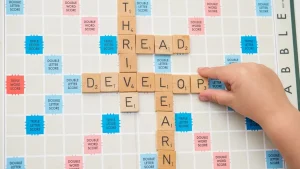

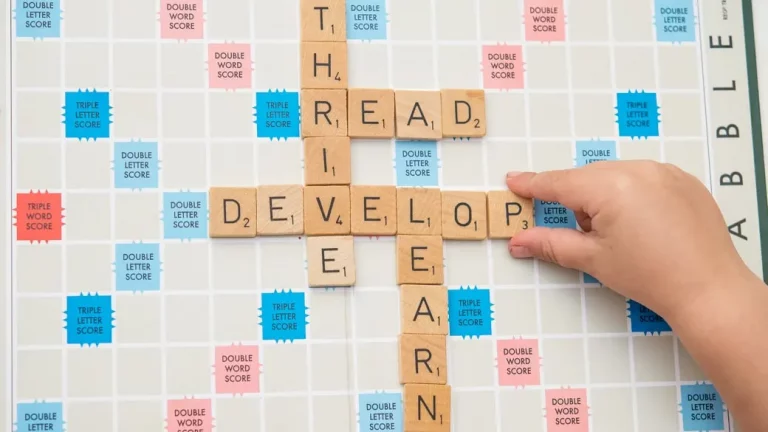
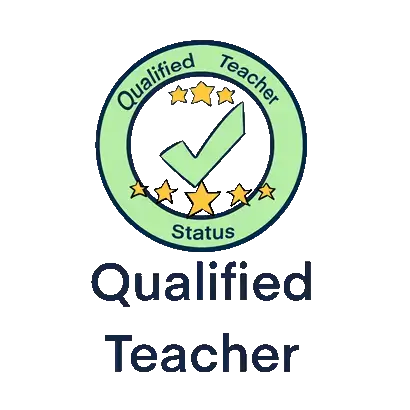
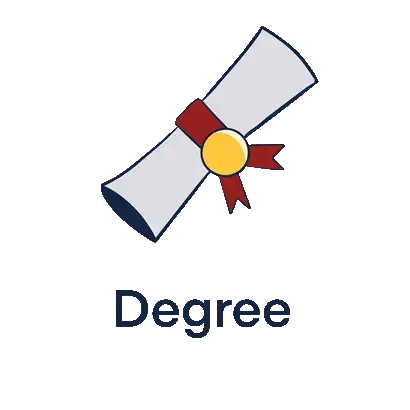
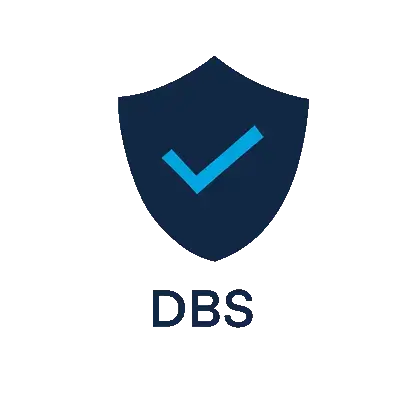
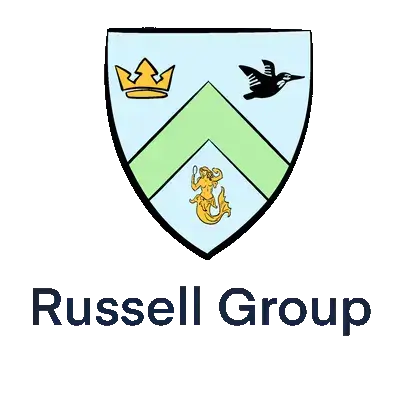
Start the discussion!